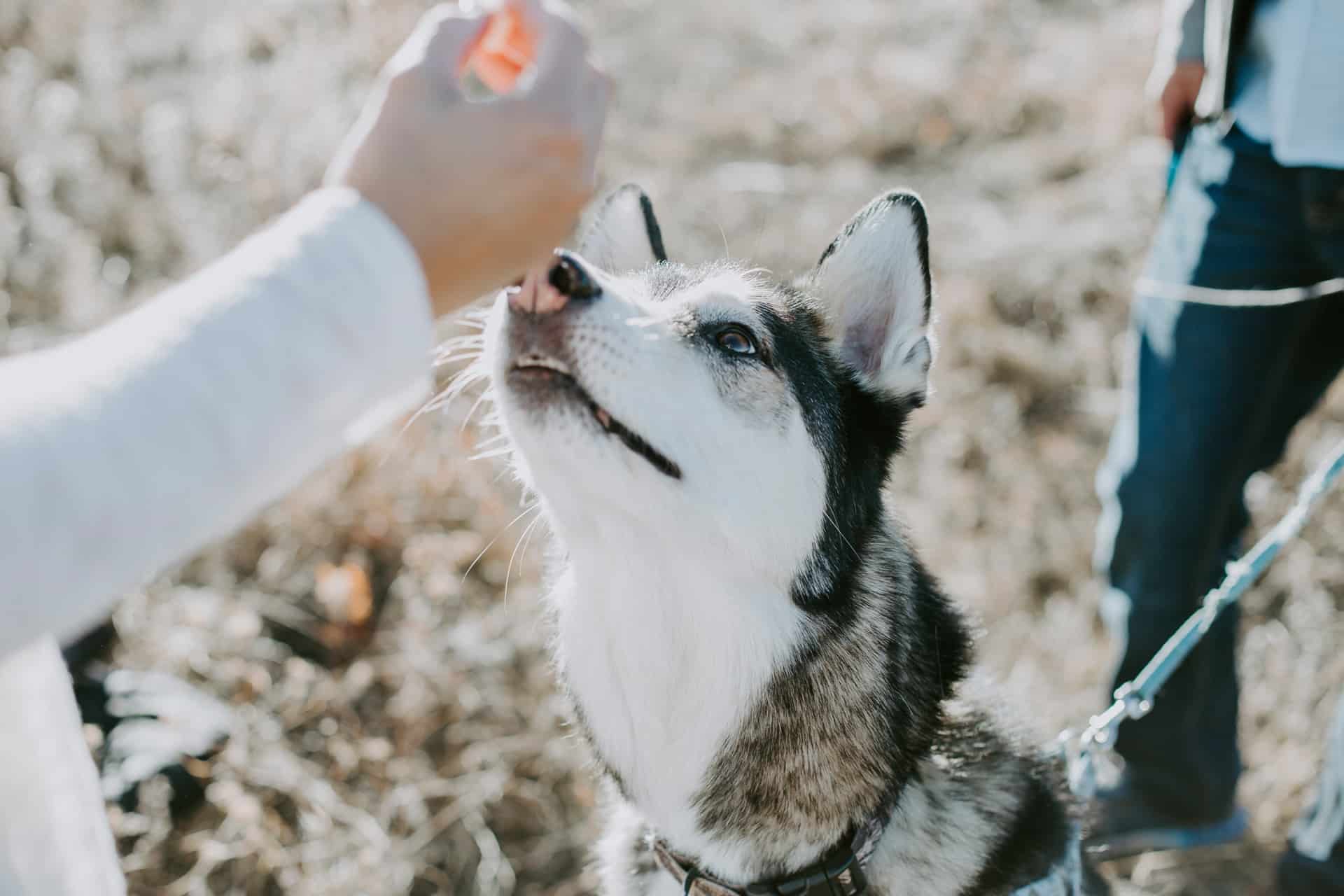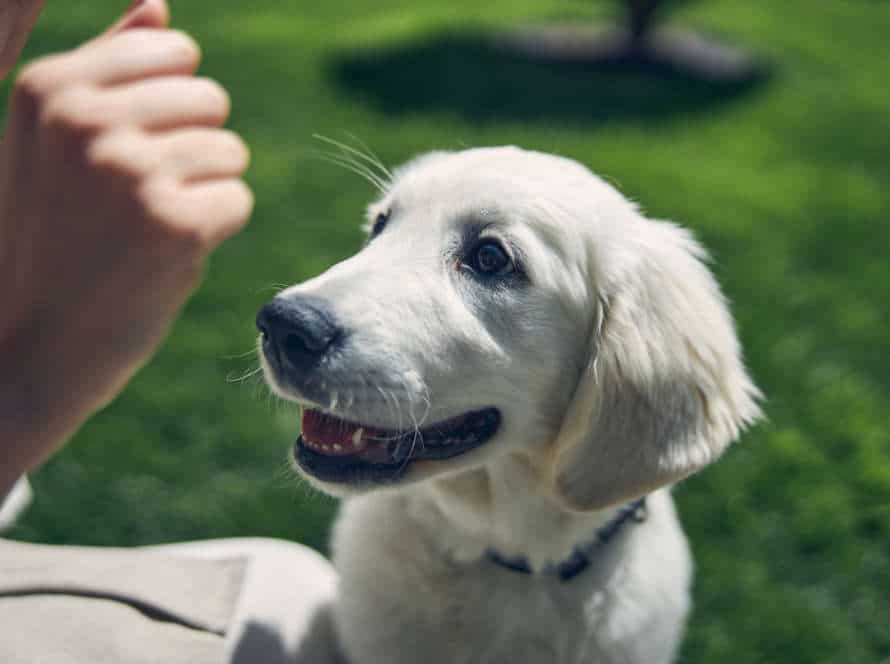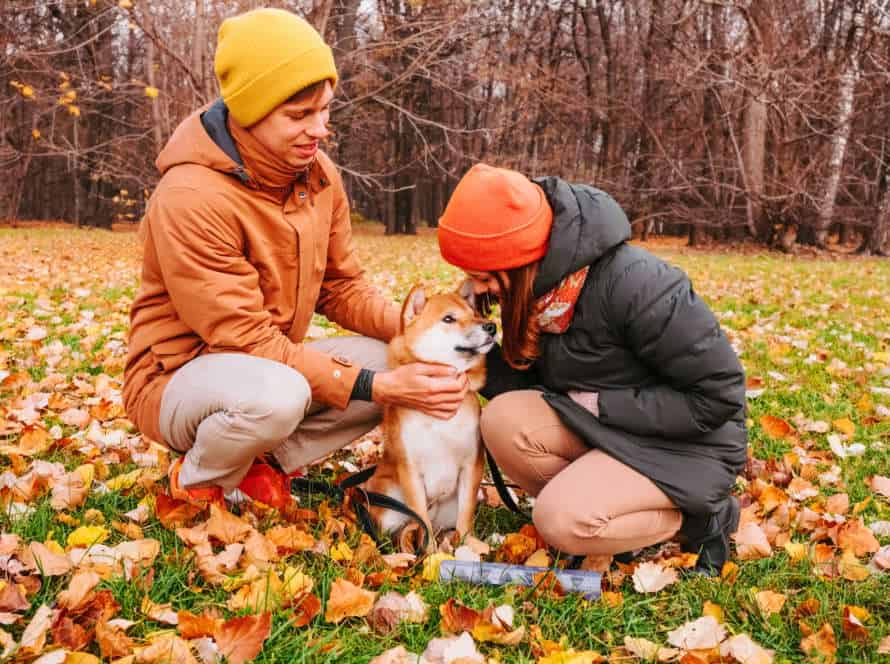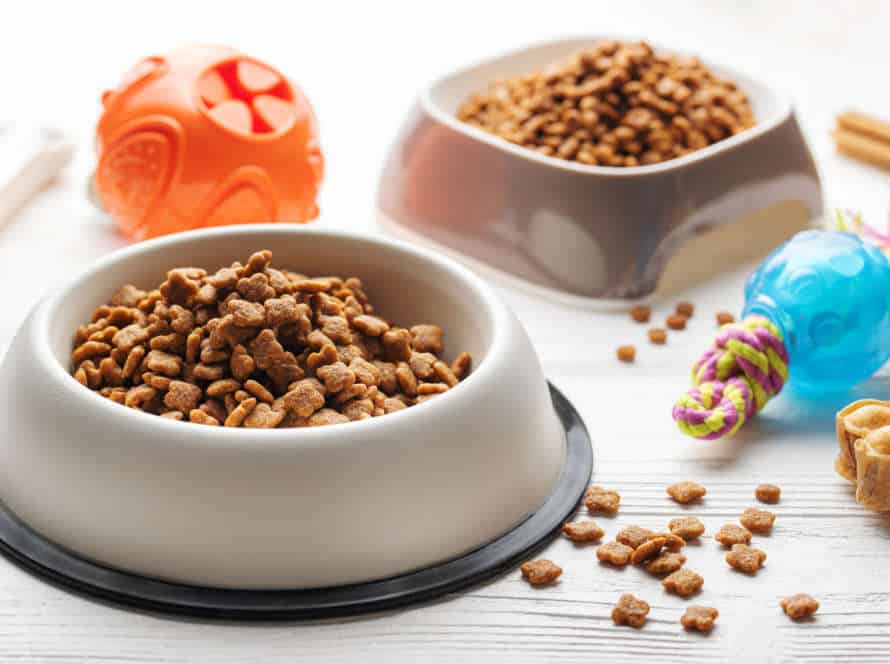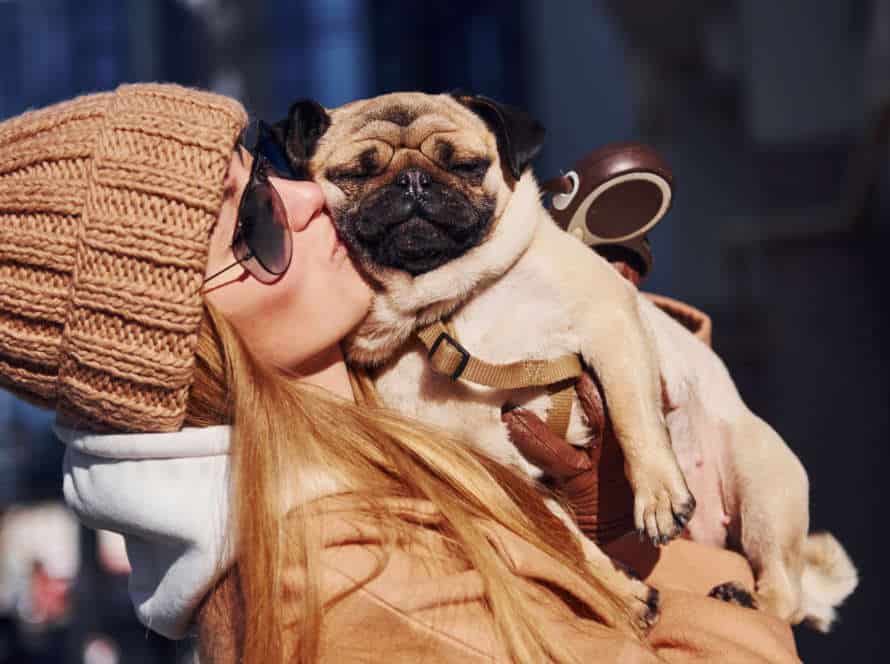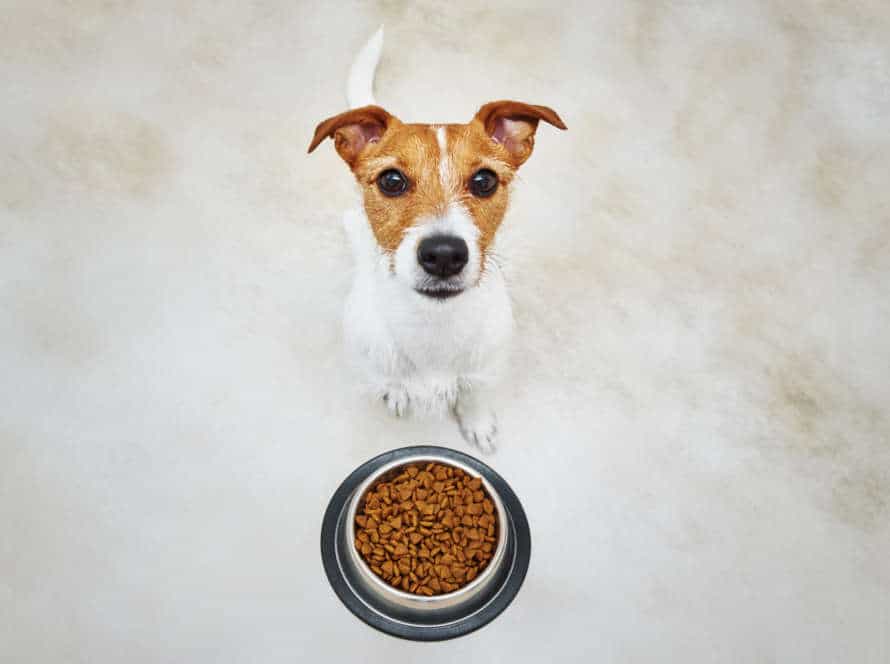Effective Techniques for Training Your Dog with Positive Reinforcement
Train your pup with positive reinforcement! This proven and effective method can teach your dog new behaviors and obedience. Here are some techniques:
- Clicker Training: Use a clicker to let your pup know when they’ve done something right. They will get a treat or praise when they hear the click.
- Treat Training: Give treats to reward your pup for behaviors like sitting or staying.
- Verbal Praise: Use verbal cues like “good boy” or “well done” when your pup behaves or follows commands.
- Consistency: Be consistent in both training and behavior. This helps your pup learn what is expected and forms good habits.
Remember: Positive reinforcement is all about celebrating success, being creative, and having fun with your furry friend!
Understanding Positive Reinforcement
Positive reinforcement is a technique for encouraging the behaviors you want to see in your dog. Unsuitable behavior won’t get a reward. It’s essential to understand how positive reinforcement works and how to use it correctly. To get the best outcome from your pup, let’s take a look at the details.
What is Positive Reinforcement and how does it work in dog training?
Positive reinforcement is a training way that rewards wanted behaviors with treats or compliments. This technique works by strengthening the neural pathways in your pup’s brain, making it more likely for the behavior to be done again. Here are some methods to train your canine with positive reinforcement:
- Give a reward right away when they show the desired behavior.
- Use yummy treats or praises to reinforce the behavior.
- Be consistent with your positive reinforcements.
- Skip the punishment or physical force, as they can weaken the training.
- Make the rewards less frequent as the behavior becomes reliable. This makes the behavior stick in the long run, even without rewards.
Remember, for the best results, rewards should be immediate, consistent, and valuable to your pup.
Comparing Positive Reinforcement with other Dog Training Techniques.
Positive Reinforcement is a kind dog training method. It rewards good behavior and ignores bad behavior. Unlike other methods that use punishment and correction, positive reinforcement is gentle and successful. It strengthens the bond between the owner and the pup.
Negative Reinforcement: This technique uses punishment and unpleasant things to control behavior. But, it can make dogs anxious and aggressive, making them harder to train.
Alpha Dog: This encourages dominance and submission in dogs, which harms their mental health and can cause aggression versus humans and other dogs.
Clicker Training: This involves a clicker to mark the good behavior and reward with treats. It is effective, but requires patience and consistency.
In conclusion, Positive Reinforcement is the best and most humane way to train dogs. It helps them learn and build a strong and good relationship with their owner.
Advantages of using Positive Reinforcement for dog training.
Positive reinforcement for dog training has many advantages over other ways. Positive reinforcement is when you give rewards for desired behavior – like praise, treats, or playtime. Here are some benefits of using positive reinforcement for training your pup:
- More obedience: Positive reinforcement helps dogs learn and listen to commands by making good actions equal to rewards.
- Better behavior: Positive reinforcement encourages good behaviors and stops bad ones without physical punishment.
- Improved bond: Positive reinforcement builds a strong and trusting relationship between you and your pup.
- Suitable for all: Positive reinforcement works on all breeds, sizes, and temperaments, including puppies and adults.
Positive reinforcement is seen as a humane, long-lasting, and effective way to train your pup.
Using Positive Reinforcement to Train Your Dog
Dogs go crazy for treats and praise. Studies prove that positive reinforcement is the most effective way to train your pup. Reward-based training methods and kindness will make your pup more enthusiastic to learn. Plus, it’ll make training much more enjoyable for both you and your pooch!
Start with the basics: Sit, Stay, and Come.
Positive reinforcement is essential when training your pup. Start with the basics – like “sit”, “stay” and “come”. This will form a base of obedience you can build on with more advanced techniques.
To teach these basic commands using positive reinforcement:
- “Sit” – Hold a treat above your dog’s nose and move it up and back. They should sit to follow the treat.
- “Stay” – Ask your dog to sit, then take a step back. Give them a treat if they stay and gradually increase the time and distance they stay.
- “Come” – Call your dog’s name, then say “come” in a friendly tone. Reward them with a treat when they reach you.
Consistency and repetition are key! Plus, lots of praise and love to reinforce good behavior.
Teaching your dog new commands or tricks.
Positive reinforcement is a great way to train your pup. It involves giving your dog treats or praise when they do something right. Here are some tips:
- Start with basic commands like “sit” or “come”.
- Be consistent and use the same tone each time you give a command.
- Don’t punish your pup for mistakes, just don’t reward them.
- Vary the rewards – treats, praise, or playtime.
- Consistently use positive reinforcement to help your pup learn. End each session with something positive, so they want to learn more.
Training your dog to overcome undesirable behaviors using Positive Reinforcement.
Positive reinforcement can be a great aid when teaching your pet. By rewarding good behavior with positive reinforcement, you can encourage your dog to act that way again.
Here are a few helpful tips:
- Treats and praise – Give treats and kind words when they do something right.
- Clicker training – Let them know when they’ve done something good by using a clicker, then reward them with a treat or compliment.
- Consistency – Stay consistent with your training and rewards to help them learn and stay on track.
Never use physical punishment or negative reinforcement when training your pup. This can cause fear and may encourage bad behaviors. Stick with positive reinforcement to create a strong bond with your pet.
Tips and Tricks for Effective Positive Reinforcement Training
Positive reinforcement is a great way to train your pup. It encourages the behaviors you want, whilst reducing the ones you don’t. Plus, it’s humane!
To make the most of this technique, here are some tips:
- Reward the behaviors you like.
- Don’t punish.
Simple!
Consistency in training methods.
Consistency is vital for successful positive reinforcement training for your pup. That means using the same techniques, orders, rewards, and consequences every time you train.
Why? Dogs learn by repetition, so consistent methods help them learn quickly and reinforce good behaviour. Inconsistency can lead to confusion, stress, anxiety, and slow progress.
Here’s how to stay consistent:
- Make a plan and stick to it.
- Use clear commands.
- Always use rewards and consequences in the same way – to encourage good behaviour and discourage bad.
- Get everyone in your house to use the same techniques and orders.
Remember, discipline and positive reinforcement go together when training. Consistent, positive reinforcement is the key to a well-trained, happy doggo!
Timing of rewards and reinforcement.
Timing is critical for successful positive reinforcement dog training. It can be the difference between a well-trained pup and a confused one. Here are some tips to keep in mind:
- Immediate Rewards: Give your pup the reward right away when the desired behavior occurs. This teaches them quicker.
- Consistency: Be consistent with the timing of rewards. If you wait too long, the pup won’t associate the reward with their behavior.
- Delayed Gratification: Don’t reward every time the pup performs the behavior. Vary the length of time between rewards to prevent them getting used to it.
Use of Treats and Verbal Praising in Positive Reinforcement.
Positive reinforcement is a great way to train your dog! Treats and verbal praise help reward desired behaviors. Here are some tips for using treats and verbal praise effectively:
- Give your pup high-value treats they love. Don’t overfeed them.
- Speak in a positive, upbeat tone to let your pup know they’re doing well.
- Timing is key – reward them as soon as they do the desired behavior.
- To keep their interest level high, vary the treats. Adapt to their preferences if needed.
- As your pup learns, gradually reduce treats and focus more on verbal praise and physical affection.
Positive reinforcement helps build trust, respect, and strong bonds between you and your pup. Consistent encouragement will motivate them to learn and thrive. Pro tip – Be patient and consistent, and remember that every dog is unique and responds differently.
Frequently Asked Questions
Q: What is positive reinforcement?
A: Positive reinforcement is a training technique that rewards good behavior and encourages dogs to repeat these actions. Rewards can include treats, toys, or praise.
Q: Can any dog be trained with positive reinforcement?
A: Yes, positive reinforcement can be used with any dog regardless of breed or age.
Q: How do I start using positive reinforcement to train my dog?
A: Start by identifying behaviors you want to encourage and choosing a reward your dog will enjoy. When your dog performs the desired behavior, give the reward immediately and make sure to use positive reinforcement consistently.
Q: What should I do if my dog doesn’t respond to positive reinforcement?
A: If your dog doesn’t respond to positive reinforcement, reassess the reward you are using and try different ones. Also, make sure you are rewarding the behavior immediately and consistently.
Q: Is punishment ever appropriate in dog training?
A: Punishment can be harmful to your dog and can damage the trust between you and your pet. It is best to use positive reinforcement techniques to train your dog.

